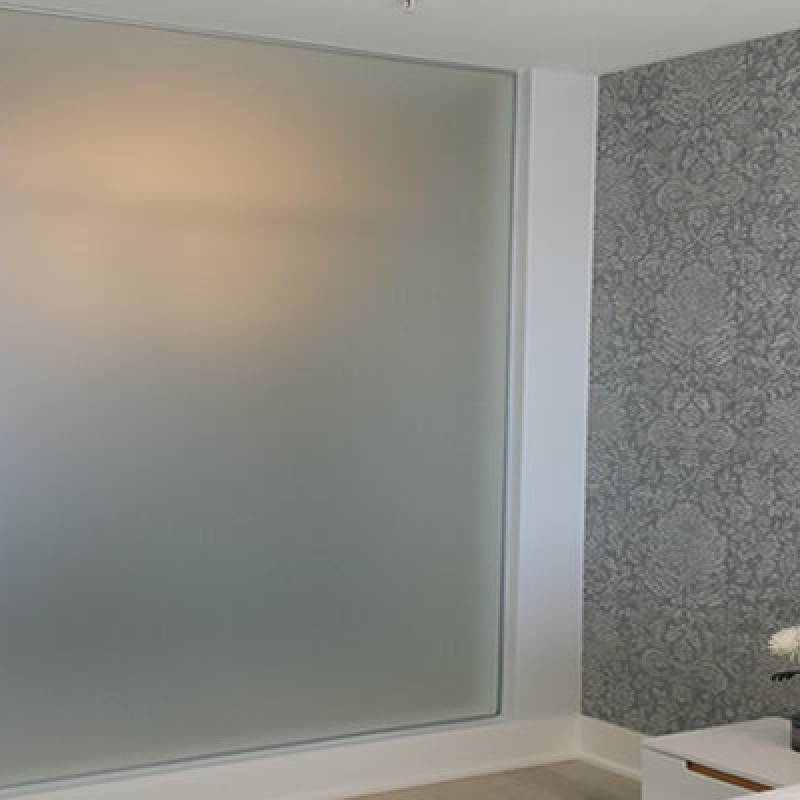

The Price Dynamics of 8mm Float Glass A Comprehensive Overview
In the realm of construction and architecture, 8mm float glass holds a pivotal role due to its versatility and aesthetic appeal. This type of glass, characterized by its flatness and clarity, is widely used in both residential and commercial buildings, increasing its demand globally. However, understanding the pricing dynamics of 8mm float glass requires an exploration of various influencing factors, market trends, and economic considerations.
Initially, it is essential to identify what float glass is. Float glass is produced by floating molten glass on top of molten tin, creating a uniform thickness and a smooth surface. The 8mm denotes the thickness, which is often preferred for its balance of sturdiness and lightweight. This thickness is particularly advantageous for applications such as windows, facades, and glass doors.
The Price Dynamics of 8mm Float Glass A Comprehensive Overview
Another significant aspect is the manufacturing process. The energy required to produce float glass is substantial, with large amounts of electricity and gas consumed during the melting and forming processes. Energy price fluctuations, driven by geopolitical tensions or changes in energy policies, can consequently impact glass prices. Sustainable production practices are also gaining traction, which might entail additional costs but are essential for meeting environmental regulations and consumer preferences.

Market dynamics, particularly supply and demand, are critical in determining the price trends of 8mm float glass. An increase in construction activities, driven by urbanization and infrastructure projects, often leads to heightened demand for glass. Conversely, economic downturns or slowdowns in the construction sector can lead to oversupply and price reductions. Regionally, the demand varies; for instance, emerging markets may display a growing appetite for float glass due to rapid urban development, influencing global pricing strategies.
In addition, technological advancements in glass production can influence pricing. Innovations that improve efficiency or reduce waste can help manufacturers lower costs, enabling them to offer competitive pricing. Conversely, investments in advanced manufacturing technologies might lead to initial price hikes, as companies recover their investment before the benefits of increased efficiency materialize.
Lastly, global trade dynamics also play a crucial role. Tariffs, trade agreements, and international demand can impact the import and export prices of float glass. For instance, a rise in tariffs on imported raw materials could lead to increased production costs domestically, subsequently driving up prices for consumers.
In conclusion, the price of 8mm float glass is influenced by a multitude of factors, ranging from raw material costs and manufacturing processes to market dynamics and technological advancements. As demand continues to evolve in the construction sector, understanding these price drivers will be essential for industry stakeholders. Effective strategies to navigate and respond to these fluctuations will be vital in ensuring profitability and sustainability in the float glass market.